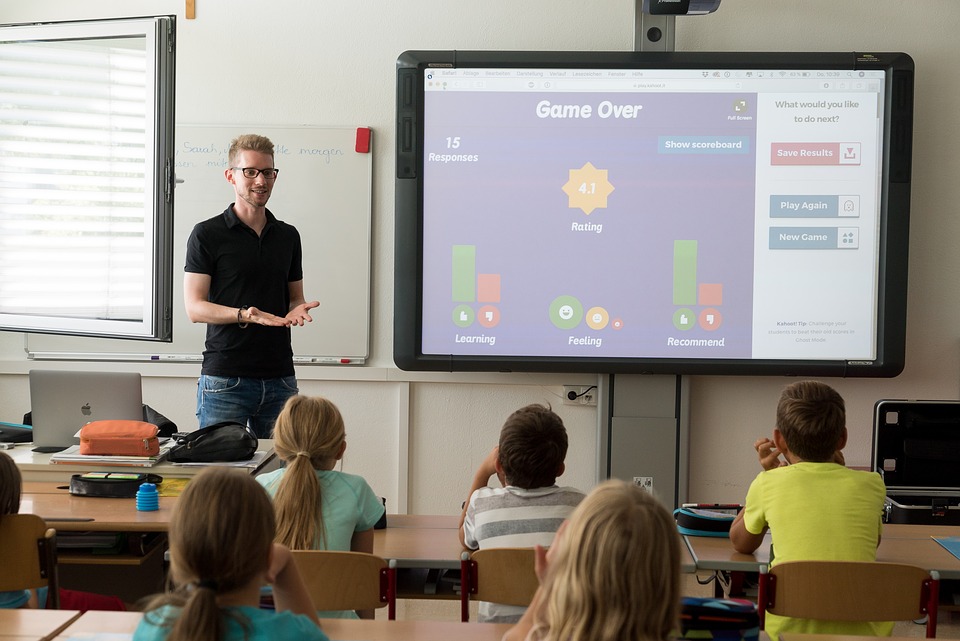OTAN News
Leveraging Technology to Become a Better Teacher

Using technology in class evokes a whole range of emotions among teachers. Some teachers are tech enthusiasts, constantly thinking about how to use tech with students and the latest tech tools that can be integrated into their practice.
Other teachers shy away from technology use, either because they don't feel comfortable using technology, or they have had bad experiences trying to use technology, or they don't know how to use tech effectively and find the transition from print to digital daunting. In the meantime, educational technology is growing by leaps and bounds and has taken on a life of its own, to the point where some teachers wonder if there will even be teaching jobs in the future, given the pace of technology development, especially when it comes to artificial intelligence (AI).
One of the reasons why we encourage adult education agencies to explore blended learning and create blended learning goals in agency Technology and Distance Learning Plans every year is because it gets agencies to think about the optimal mix of face-to-face instruction and online learning that will work for teachers and students. The beauty of blended learning is that it allows for classes that are more face-to-face intensive, more technology-intensive, and somewhere in between. Whatever the mix, blended learning still requires the teacher to take a leading role in the success of student learning, while thinking about how to use technology (and not replace the teacher) in the most effective ways.
In his blog post "The 3 things edtech can't do illustrate why teachers matter now more than ever," Thomas Arnett writes that, no matter how much technology there is and how sophisticated it is, it can't:
- Provide higher-order feedback – Software is great for generating immediate, automated feedback on students' mastery of basic knowledge and skills. But higher-order feedback falls outside its purview.
- Get to know a student – Software today can potentially access a lot of data about a student. But with all that data, can software really know a student?
- Care about a student – Students often work to learn and to achieve for the praise and approbation of people who matter in their lives. Software, for all its wondrous abilities, can't offer that sense of genuine caring.
Arnett argues that, even though technology can't do these three things, teachers often can't either, because they don't have the capacity given all of the requirements of the job. If teachers did use technology, however, to take over the tasks that can be automated, then it would free up capacity to spend more time (or just time) with students building and strengthening relationships. Livia Bran in her blog post "Should the question 'Will AI replace teachers?' really be asked?" gives the example of how AI which powers ATMs led to the hiring of more bank employees who were freed from low-level, repetitive tasks to provide higher-level services to the public. This is how leveraging edtech can make teachers better at their jobs, by using technology to handle repetitive tasks (like, for example, creating and scoring quizzes) to free up time for personal interactions.
OTAN provides a wide variety of training on integrating technology into instruction. Please contact us at support@otan.us or call us at 916-228-2580 to schedule a training at your convenience!
Article: The 3 things edtech can't do illustrate why teachers matter now more than ever
Article: Should the question "Will AI replace teachers?" really be asked?

